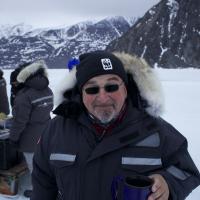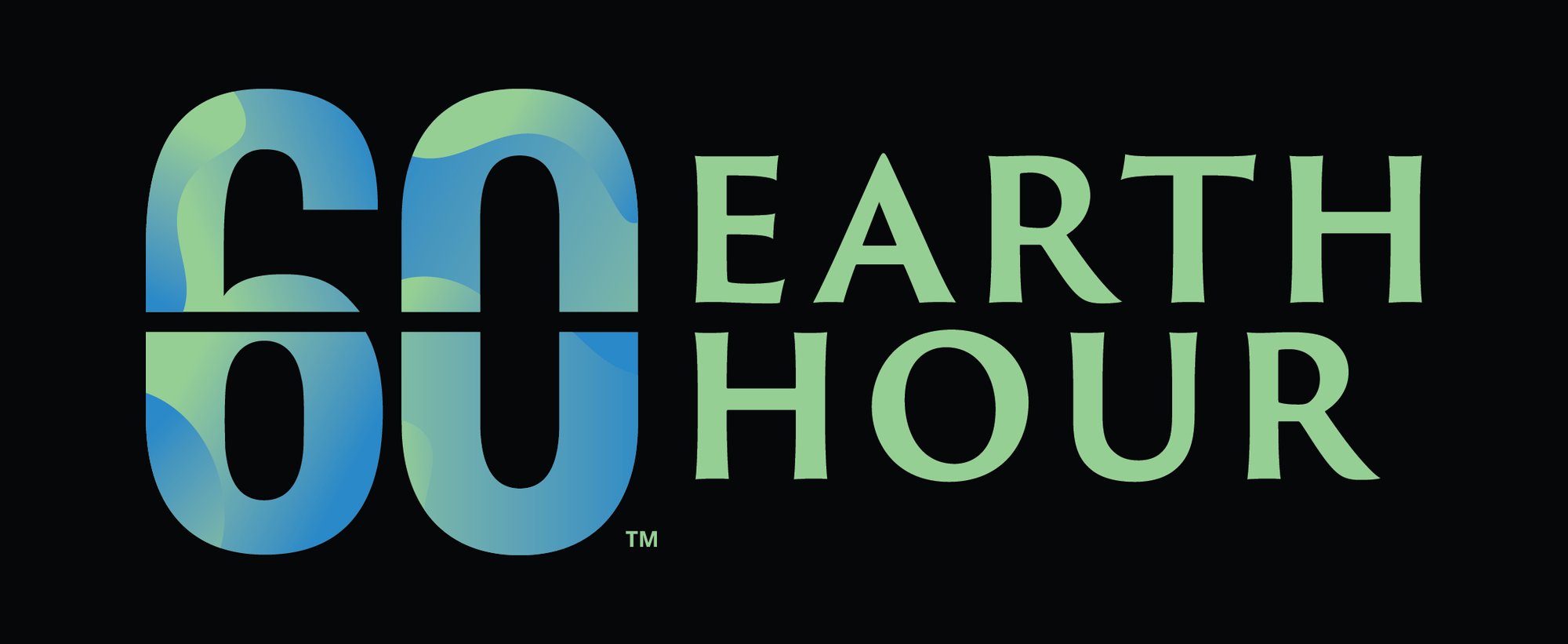
1) Briefly describe yourself and your role at WWF.
I’m a former journalist and broadcaster, and I now coordinate WWF’s communications around the Arctic, as well as running an Arctic project, “the Last Ice Area”. I spent many years in Northern Canada, and that’s where I think of as home. When I was back home this summer, they were having another bad forest fire season, and water levels were very low – so low that the local hydroelectric plant was running of reduced capacity. Both of these things are consistent with the projected impacts of climate change.
2) They say climate change is faster and more severe in the Arctic. Could you explain why?
The Arctic is on average warming at a rate twice the global average. The main reason is that for much of the year, Arctic land and water has been wrapped in a protective blanket of ice and snow that reflects back a lot of the sun’s energy. As the Arctic warms, it loses that protective blanket, and the land and sea absorb more heat.
The severity of this change is that it’s completely changing an entire sea-ice based ecosystem. The sea ice is a whole world of life, from tiny plankton that live in and around the ice, to fish and whales that feed on the plankton, seals that feed on the fish, walrus that use the ice as place to rest while they dive to eat clams and other food on the sea floor, and polar bears that eat seals, and occasionally walrus and whales. If you take away the sea ice, you take away the basis for all of this life.
3) How is climate change in the Arctic affecting those of us living miles and miles away and why should we be concerned?
The earth’s climate system is global and interlinked. You cannot tinker with one part of the system without it being felt elsewhere. The most obvious effect of the changing Arctic climate elsewhere is a rise in global sea levels. While melting sea ice doesn’t raise sea levels, melting glaciers and ice sheets do. Depending on how successful we are in acting quickly to limit climate change, estimates for sea level rise range between about half a metre and two metres. Many of the world’s major cities, and tens of millions of people lie less than two metres above the shoreline. All of those people have a very personal interest in keeping the Arctic frozen.
4) Do we need to stop commercial activities like tourism, shipping and oil exploration to preserve the Arctic's fragile ecosystem?
WWF’s position has always been that we do not want or intend to turn the Arctic into a big park. It’s home to about four million people, and while some of those people are still tied to traditional harvesting of animals and fish, others are part of the mainstream economy, and want jobs and economic development. At the same time, because much of the Arctic has seen little human impact to date, it’s also a chance to get development right. We can look for ways to provide people with jobs and livelihoods that do not require them to destroy local environments in the process.
One thing about the way we exploit the Arctic really stays with me – in the 1800s, whalers almost exterminated whales and walrus from the Arctic in their hunt for the animals’ oil. The oil was used for lighting, and to grease industrial machinery. The greatly reduced numbers of animals created great hardship for Indigenous peoples. Now some big corporations are back in the Arctic, looking once more for oil in the ocean. I wonder how much we’ve learned.
5) WWF has been championing Arctic conservation for more than 20 years. Any inspiring story of climate action you would like to share?
What’s most inspiring to me is the way that northern communities and individuals have taken it upon themselves to respond. People like Inuit leader Sheila Watt-Cloutier (who recently published the book, The Right to be Cold ) who has spent long weeks away from her home and family to tell people about the impacts of climate change on Inuit. And then there are whole communities in the Arctic, such as the people of Kodiak Island in Alaska, now almost 100% powered by renewable energy. You look at the Arctic, with its extreme conditions, and you have to think “if they can do it there, we can do it anywhere”!
6) Lastly, how can individuals support your and WWF's efforts to change climate change in the Arctic and elsewhere?
It’s really a two-fold answer. The first part is to take the action they can take closest to home, to lower their own carbon footprints, and to demand that their governments end subsidies to fossil fuel industries, and put that money to better use encouraging and building renewable energy systems. The next part of the answer is about adapting to change in the Arctic, because even when we make the transition to renewable energies on a global scale, the amount of greenhouse gases already in the atmosphere are going to continue to drive warming in the Arctic until we can finally turn the corner on warming. So in that interim period, a matter of decades, we must do what we can to encourage and build resilience for Arctic life and Arctic peoples. That will include trying to diminish the impact of new and established industries, and trying to work out how to maintain the life associated with sea ice especially. For instance, we have identified and have been working on the Last Ice Area, an area around and above Canada’s High Arctic Islands and Northwest Greenland where summer sea ice is projected to persist the longest. As WWF and others work on these issues, we can use peoples’ support to help fund the necessary work, and to persuade industries and governments to ensure that any new development in the Arctic is sustainable.
